Introduction
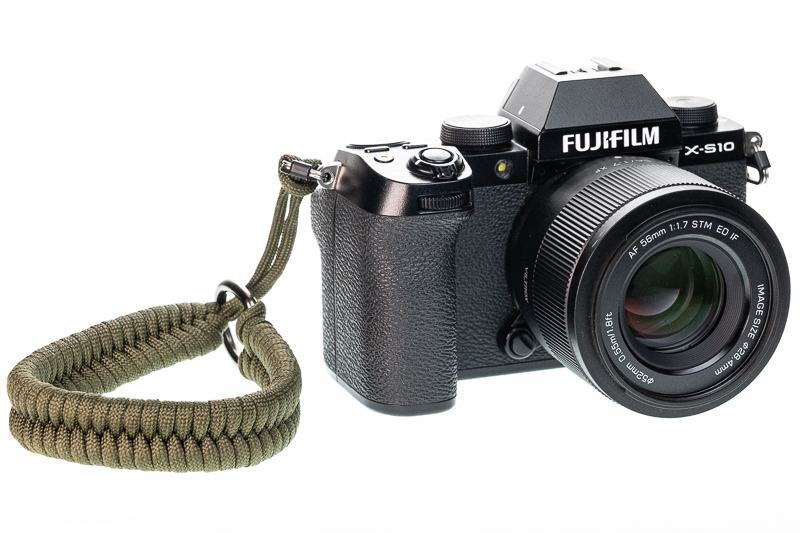
Viltrox, a pioneer in autofocus lenses from China, has been on a roll lately, releasing new lenses for both full-frame and APS-C cameras. Their recent APS-C PRO series boasts impressive quality but with a larger size footprint. In stark contrast, their latest creation is this super-compact AF 56mm f/1.7. Let’s see how this tiny portrait lens performs!
I tested this lens on a Fujifilm X-S10 with its 26 Mp APS-C sensor.
Sample Images
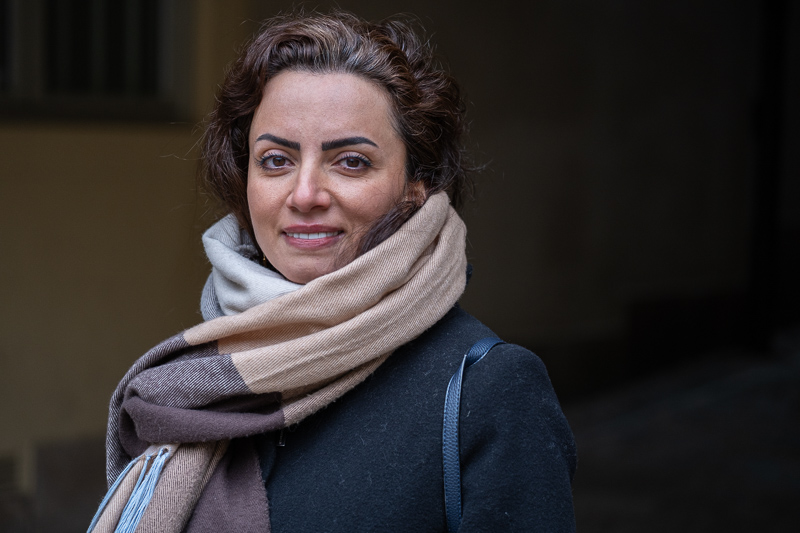
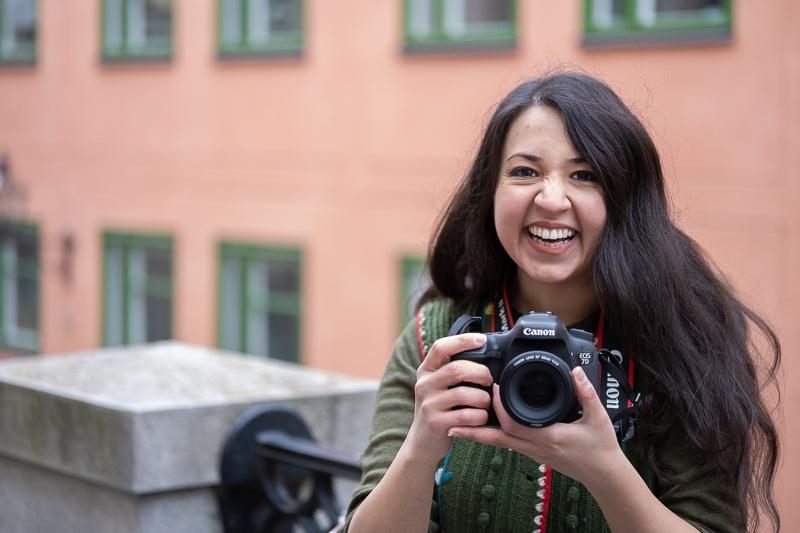
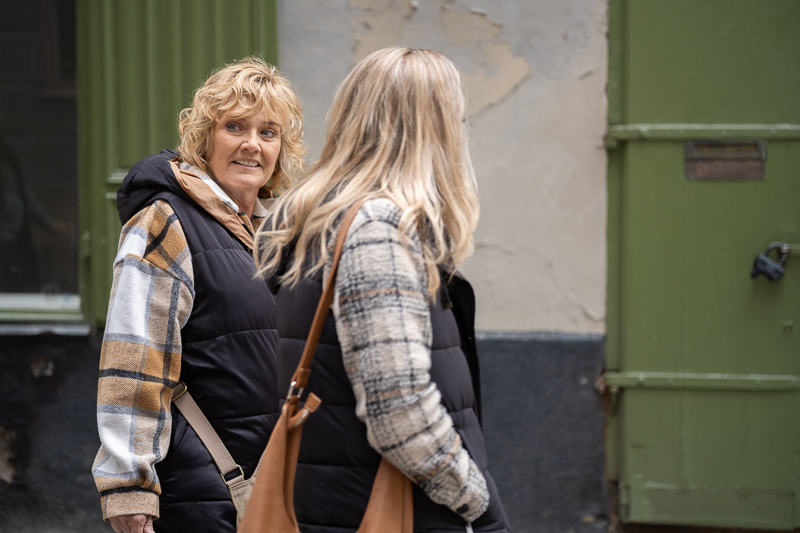
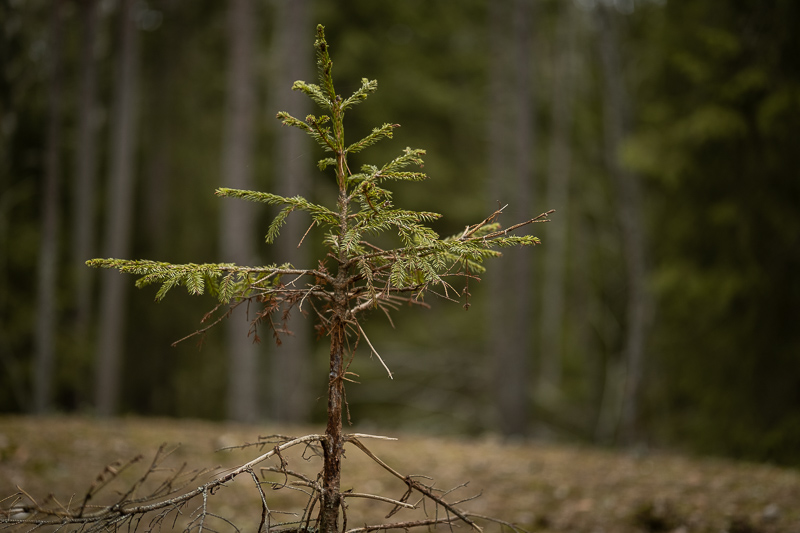
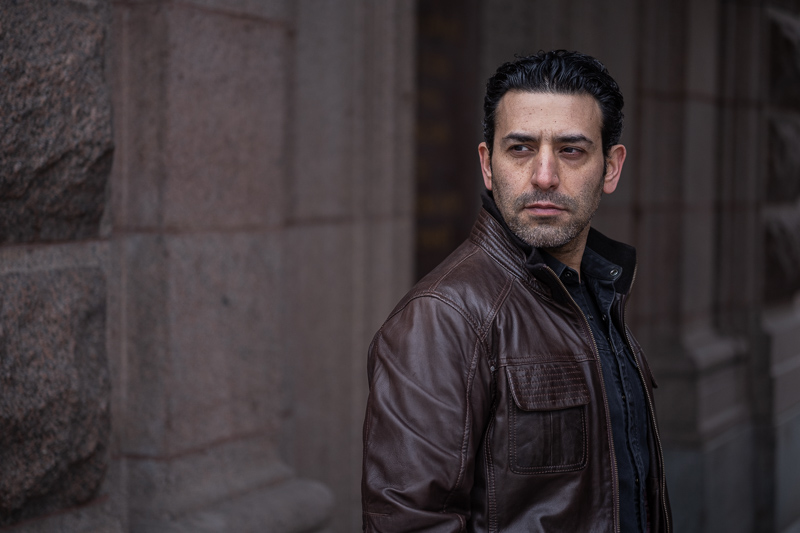
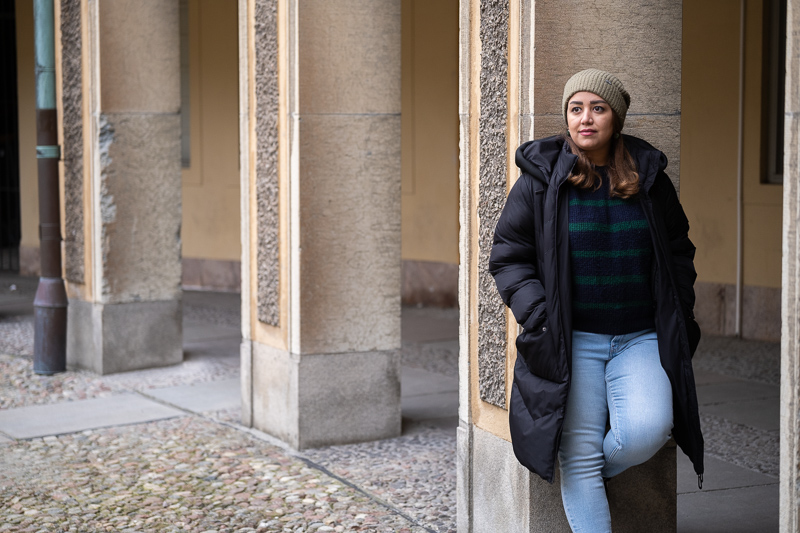
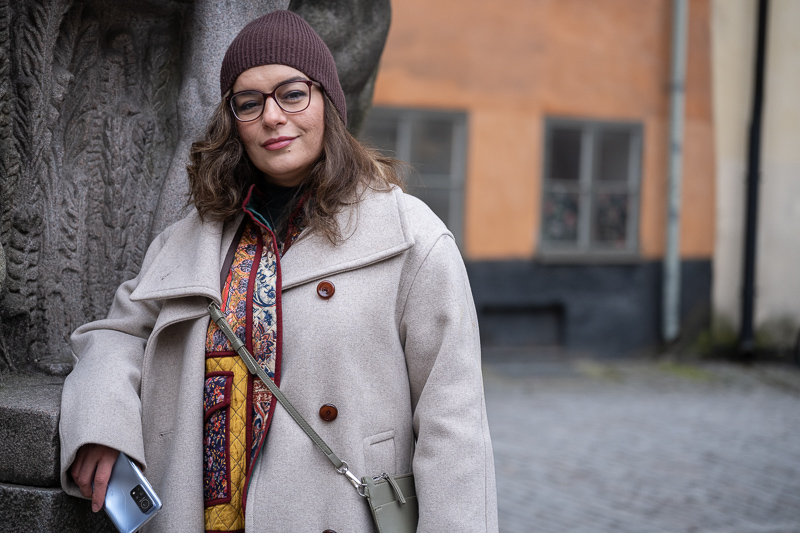
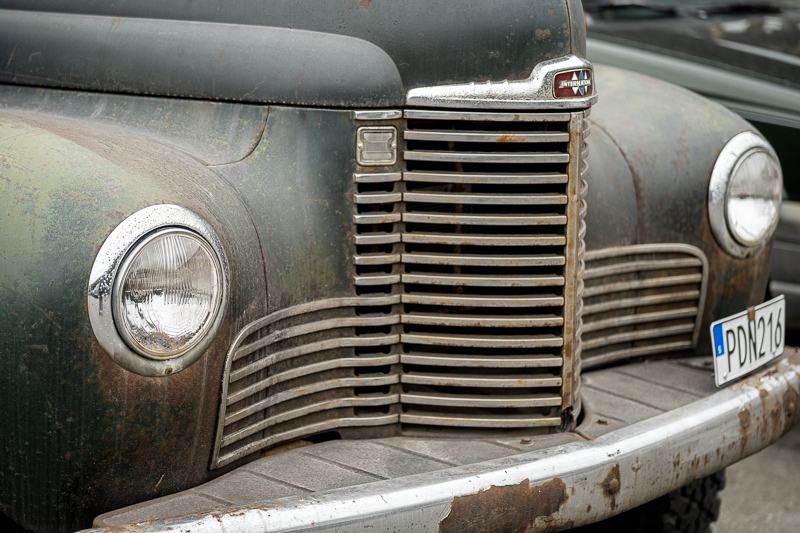
Most of the sample images in this review and many more can be found in higher resolution here.
| You can buy this lens on: Viltrox Store (8% discount), Amazon, B&H for $ (Affiliate links) |
Specifications
| Focal Length | 56mm |
| Angle of View | 29.8º |
| # of Aperture Blades | 9 |
| Max Aperture | F1.7 |
| Min Aperture | F16 |
| Min Focus Distance | 0.55 m |
| Filter Size | 52 mm |
| Lens Mount | Fuji X, Nikon Z |
| Weight | X: 171 g, Z:187 g |
| Size (D x L) | X: 65 x 55 mm | Z: 68 x 56 mm |
| Elements/Group | 11/9 |
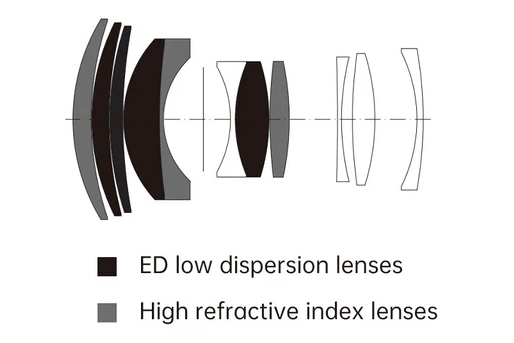
Disclosure
Viltrox kindly provided this lens for test and review purposes.
Handling
This is an autofocus lens for APS-C is made of seemingly high end tough plastic. It is a very compact lens, which lacks any weather sealing. The lens has a very simple design without any buttons, switches or rings, except the manual focus ring. The manual focus ring is damped. There is a USB-C port on the metallic lens mount that allows for firmware updates.
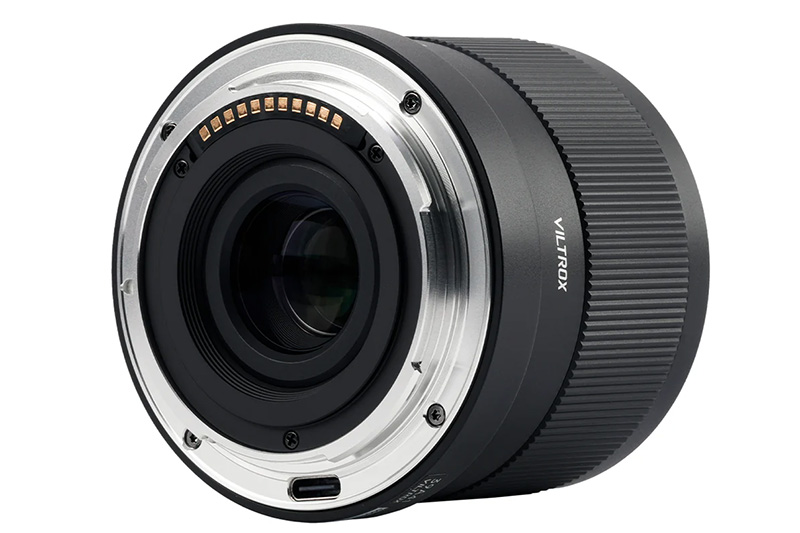
The autofocus relies on a quiet and accurate STM type (Stepping Focus Motor). The focusing is not among the fastest I have tested, which could partly be a common trait among some Fujifilm cameras. While it is completely fine for portraits, general purpose, and event works, if you need a fast enough AF for sports, pets, or children photography, you should look elsewhere.

There is a small plastic lens hood of bayonet type included in the package that does not lock firmly on the lens. It seems to be too short for 56mm (short telephoto) lens, and it does not seem to be very efficient either.
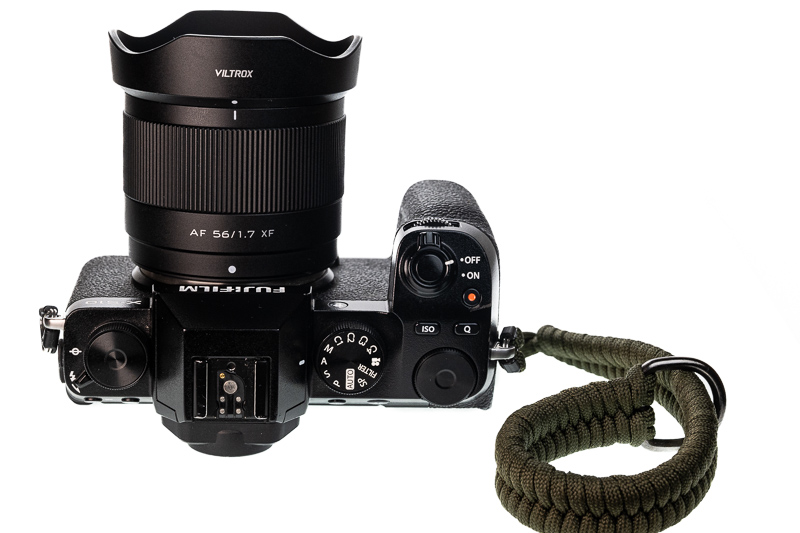
Viltrox AF 56mm f/1.7 with a hood on a Fujifilm X-S10
Optical Features
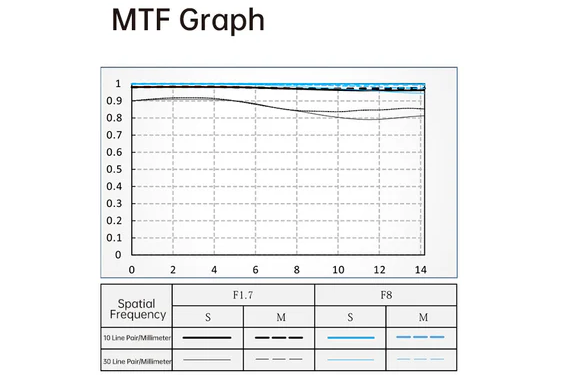
An impressive MTF chart, let’s see if the lens delivers what the MTF chart promises!
Sharpness (Infinity)
For the infinity sharpness test, we look at three areas of the image, center, mid-frame, and corner, see highlighted areas in the image below!
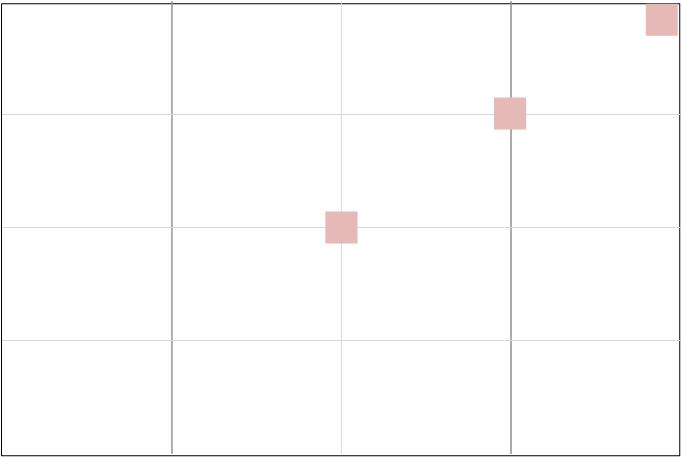
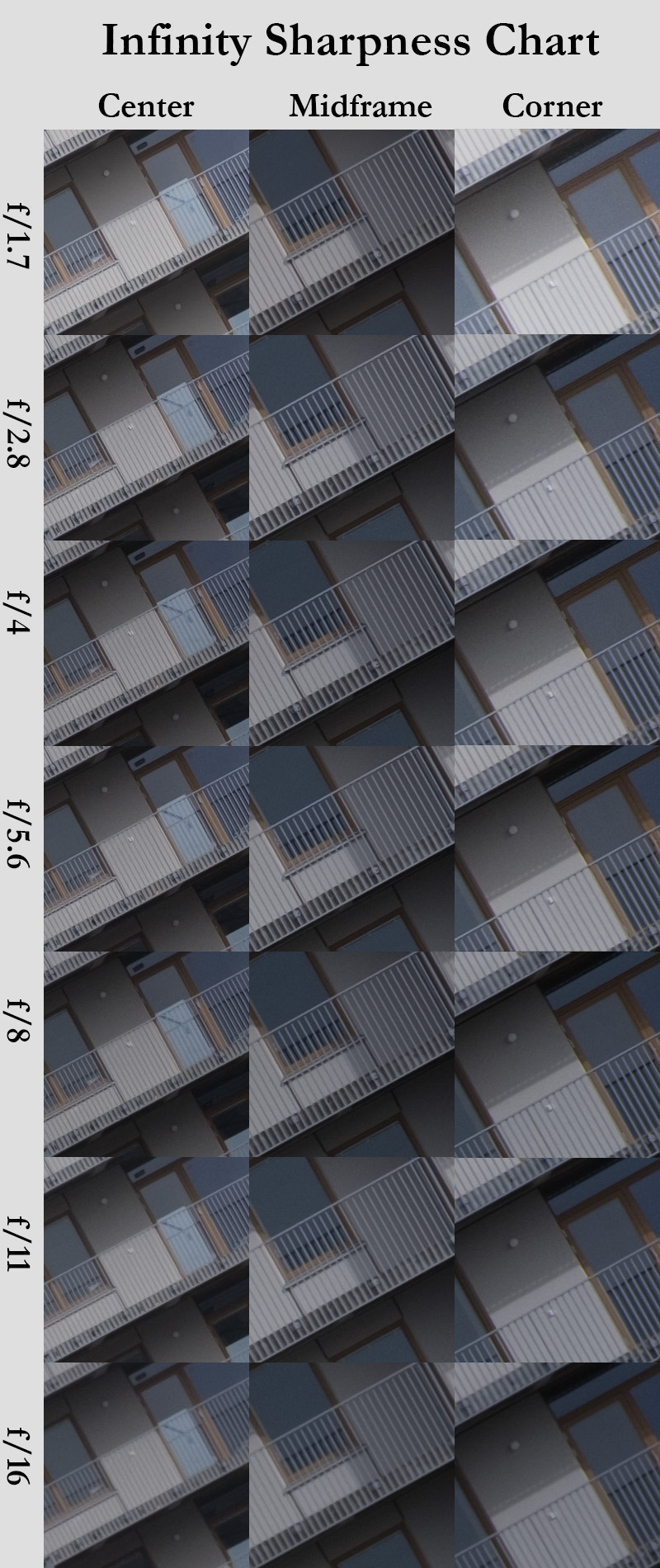
This is a truly impressive performance. The sharpness is very good to excellent right from f/1.7, both in the center of the image, in mid-frame and in the corner of the frame. The center is sharper than the corners and stopping down improves the already very good sharpness to excellent by f/4.
Sharpness (Portrait)
Let’s look at the points of interest for portraits at the portrait distance: the very center, the center’s inner periphery (1/3 rule intersection), and the center’s outer periphery (1/4th intersection).
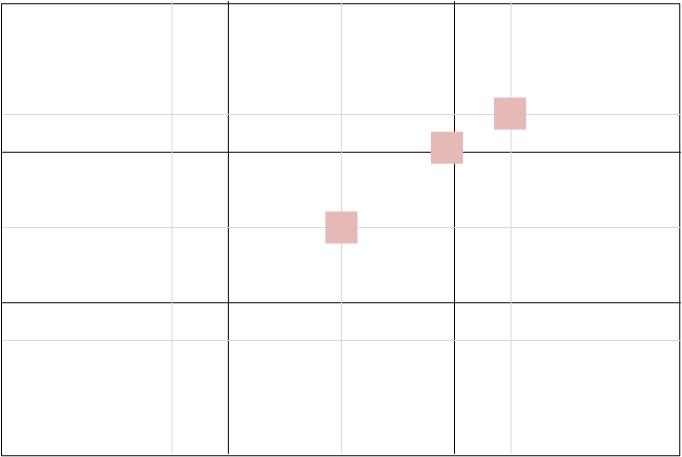
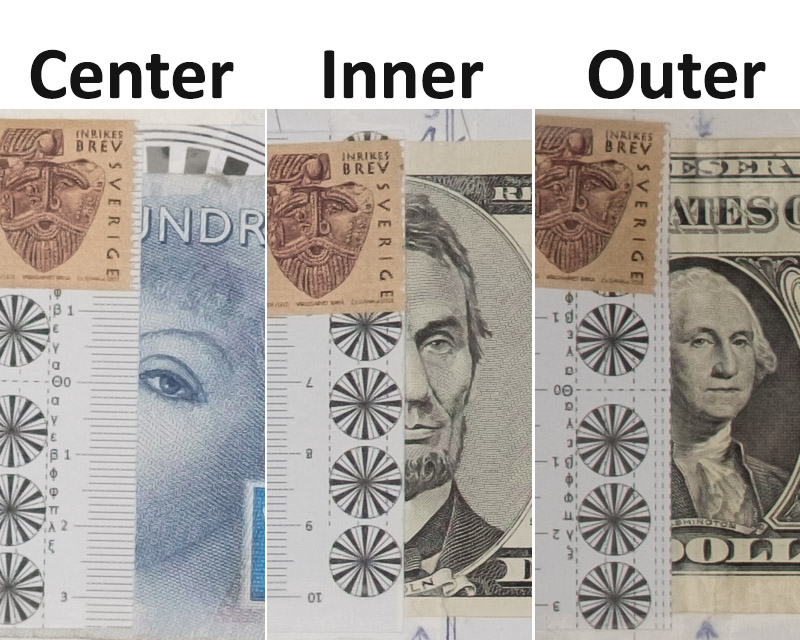
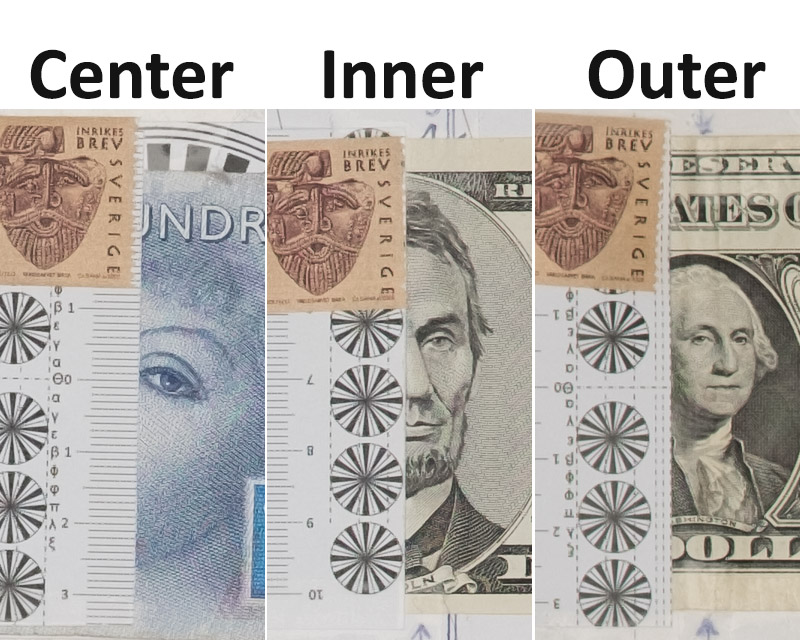
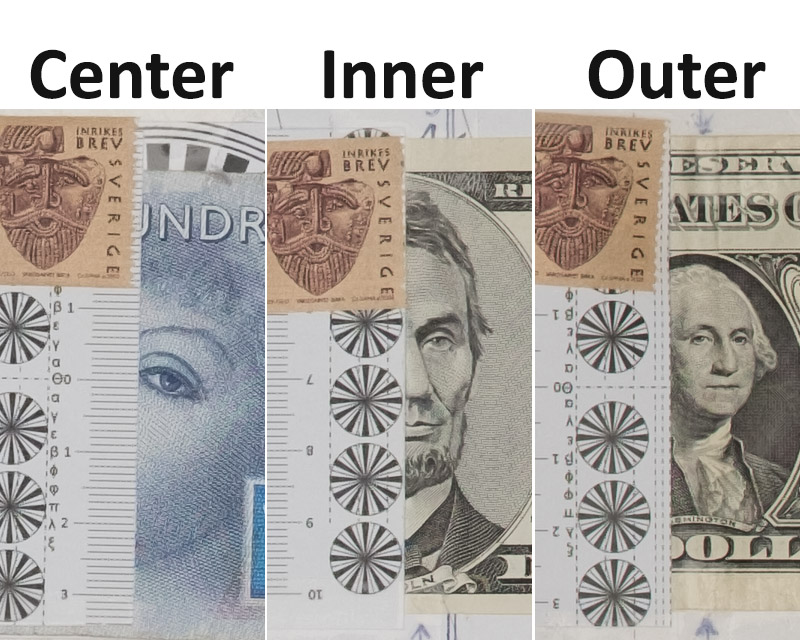
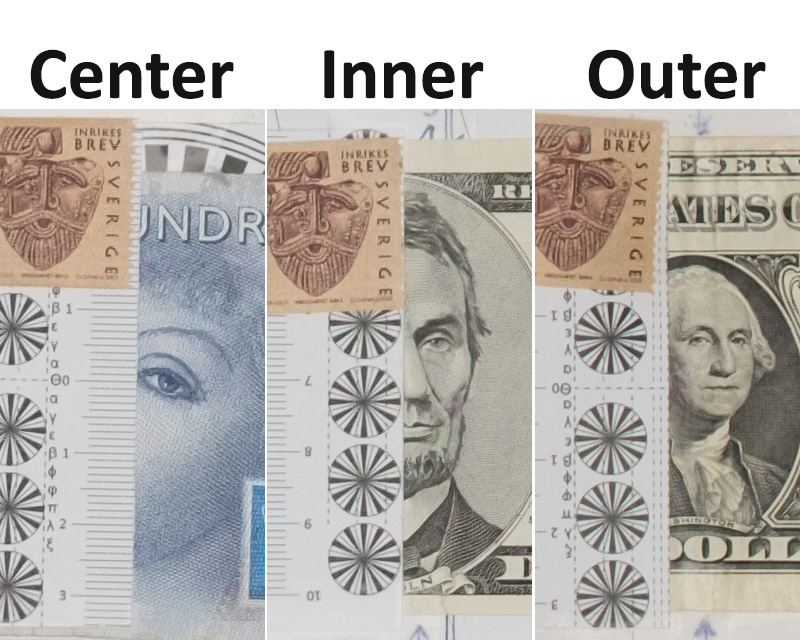
The sharpness is very good/excellent right from wide open at f/1.7 everywhere. While wide open performance isn’t quite as strong as other apertures, it remains very good indeed. It is very hard to see any difference at different apertures, as it was shown in the MTF chart. An interesting observation is that the image looks sharper at the inner periphery area than in the center. While unusual, it is actually in line with the MTF chart.
Sharpness (Close-up)
This is not a macro lens designed for close-up work, but it has a much better than average performance here. Wide open, it exhibits lack of contrast, possibly due to under-corrected spherical aberration. This might be an intentional design choice by the optical engineers, favoring softer rendering for portraiture – which is this lens’s primary application. Stopping down only one stop will cure the issue though. Generally very good performance here.
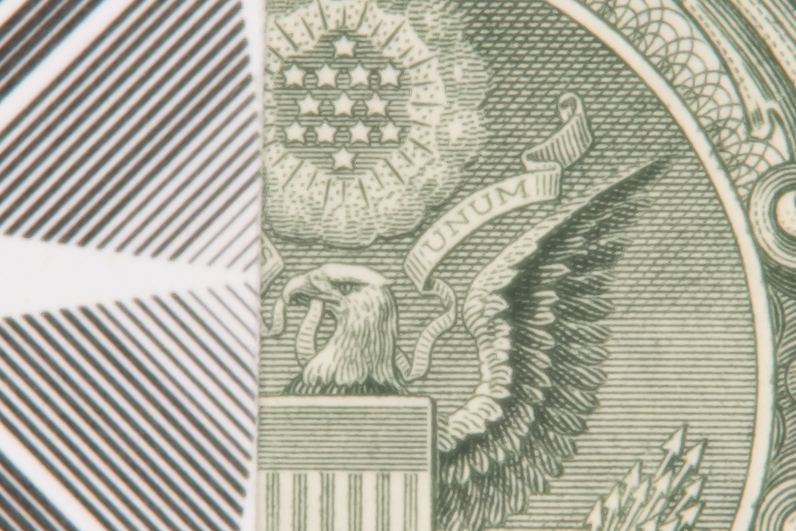
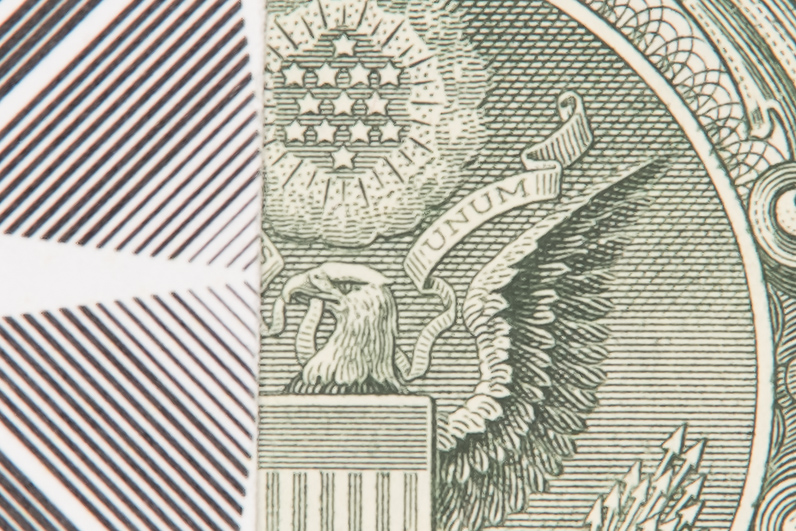
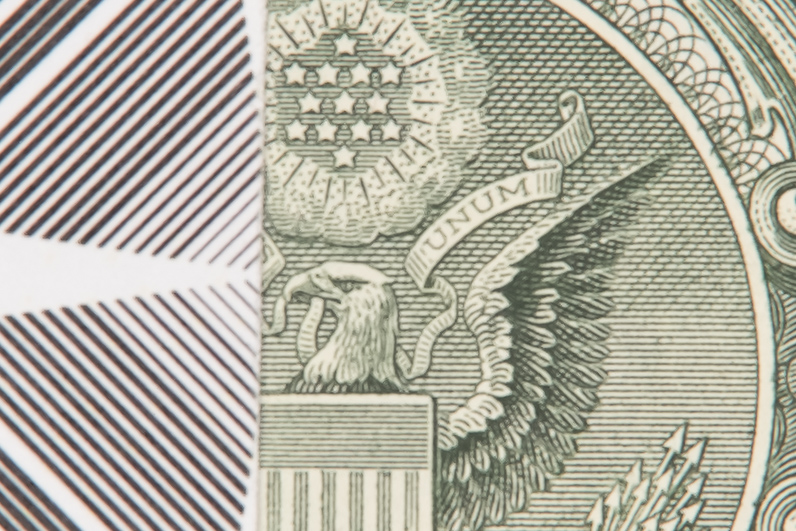
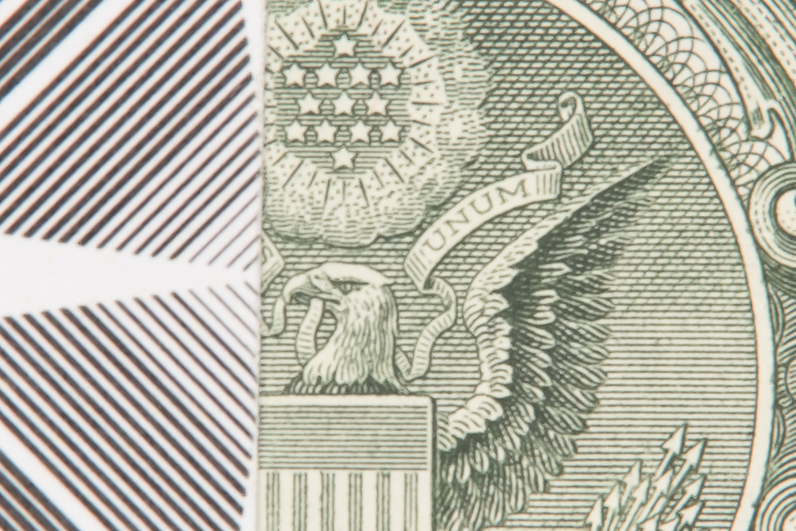
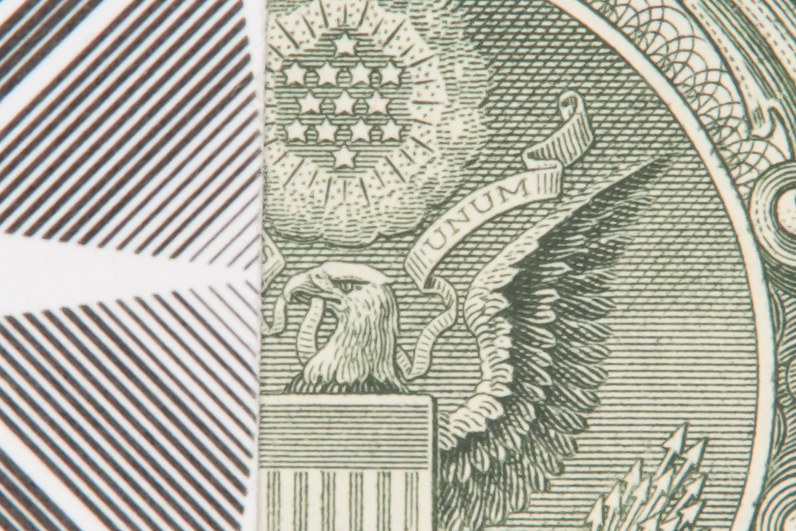
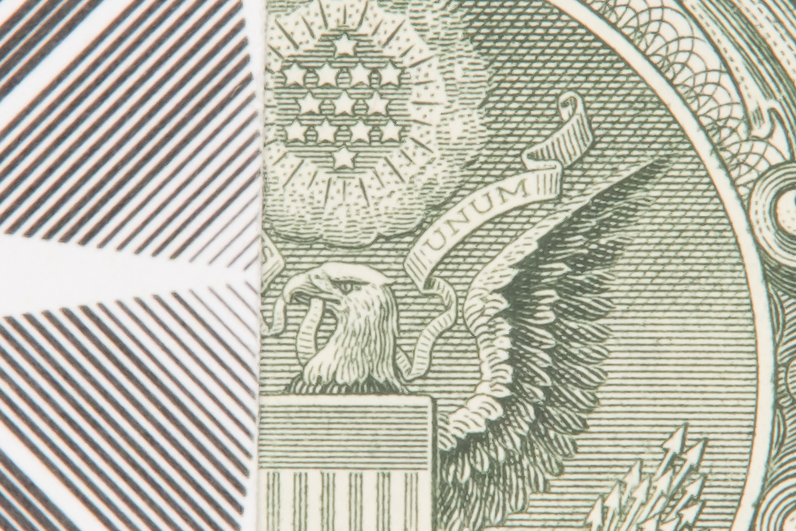

Lens Distortion
Lens distortion is very well controlled, with a slight amount of beneficial pincushion distortion for portraiture. No post-correction is necessary.
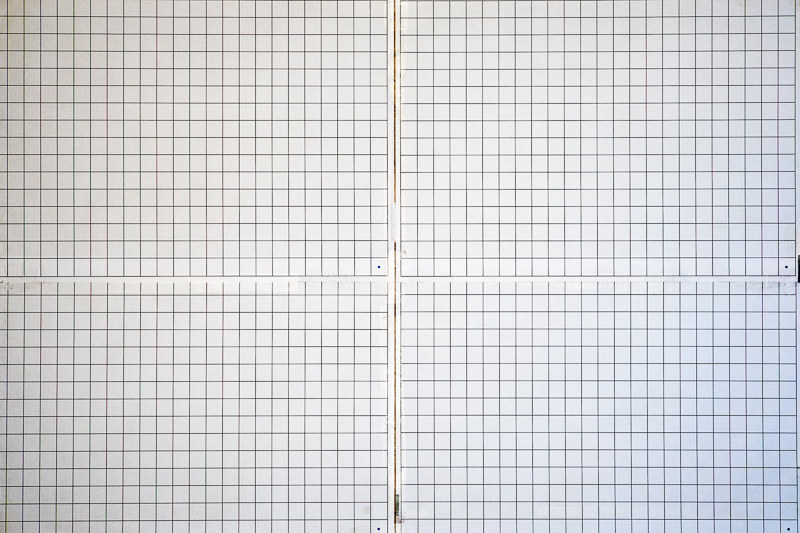
Vignetting
The lens exhibits quite high light fall off wide open at f/1.7, but it improves by stopping down. Wide open vignetting improves from about 2 EV wide open to about 0.6 6 EV at f/5.6.
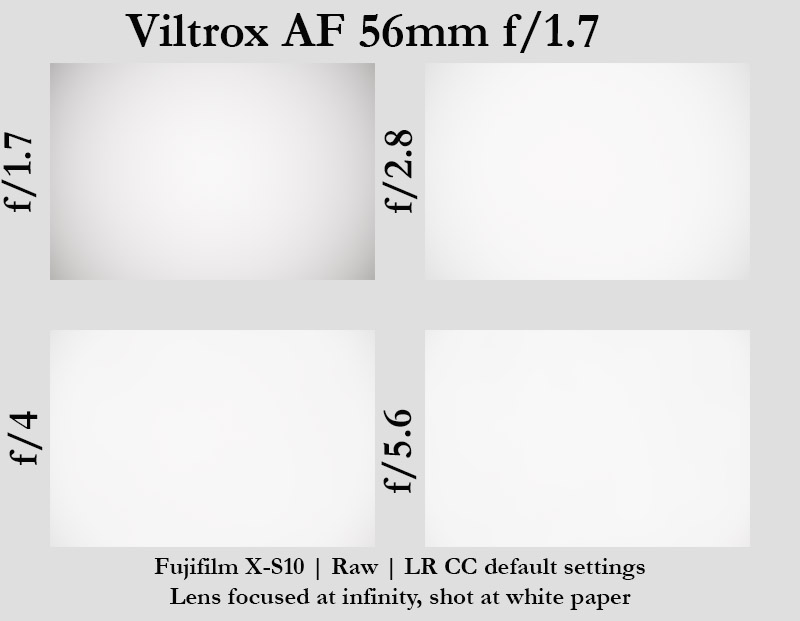
- f/1.7: 2.0 EV
- f/2.8: 1.2 EV
- f/4.0: 0.8 EV
- f/5.6: 0.6 EV
Focus Shift & Aberrations
The Viltrox 56mm f/1.7 has a very good correction of longitudinal chromatic aberration, almost none is visible in the pictures. It suffers from some focus shift though, a sign of under-corrected spherical aberration.
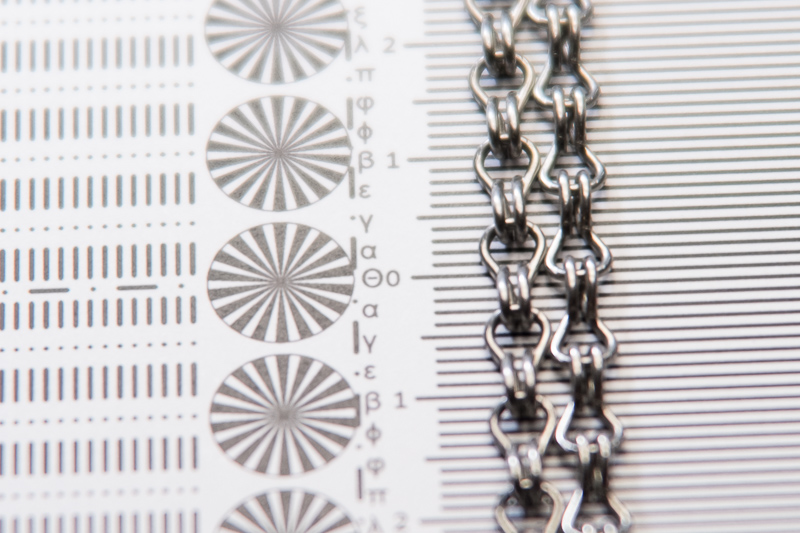
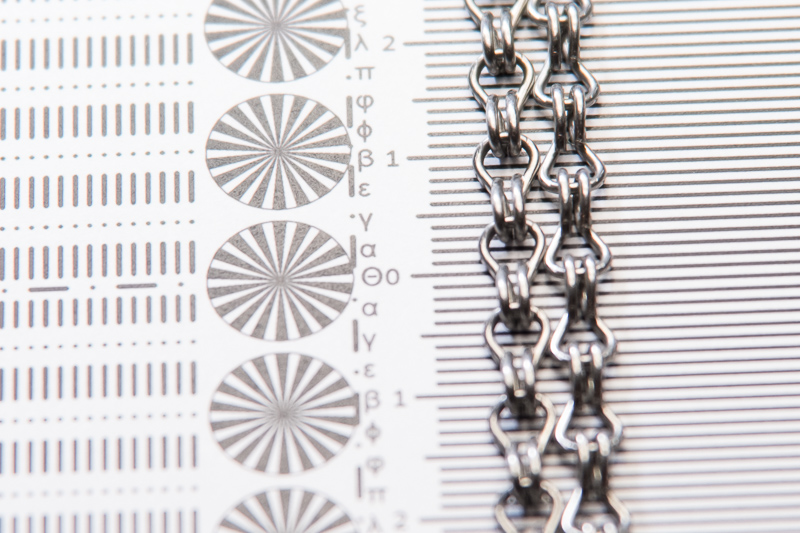
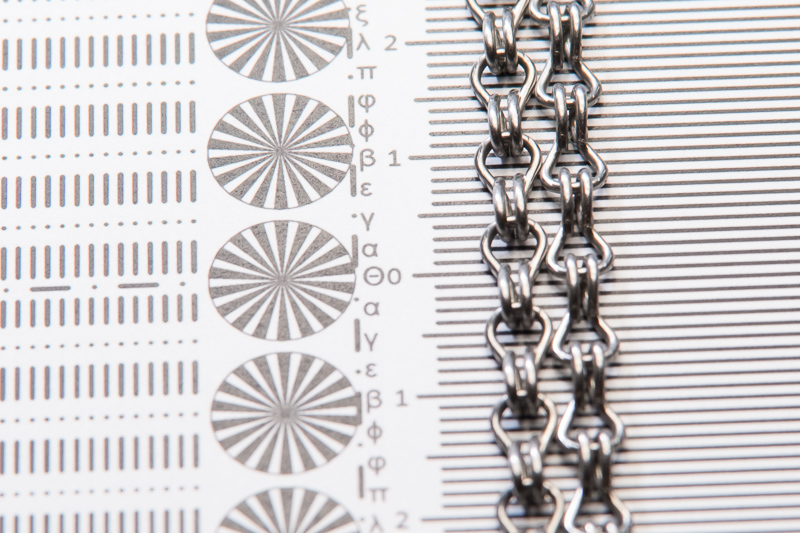
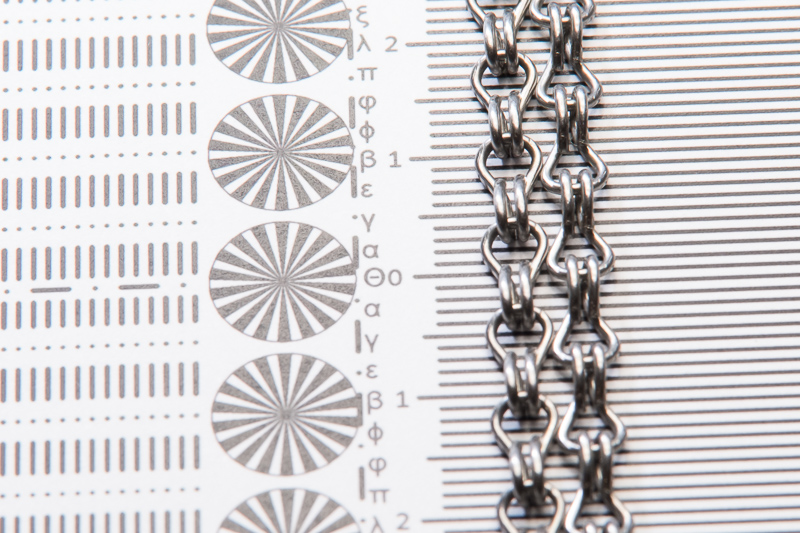
Notice the glow around light sources in the following image. This effect might be another sign for possible under-correction of the spherical aberration.
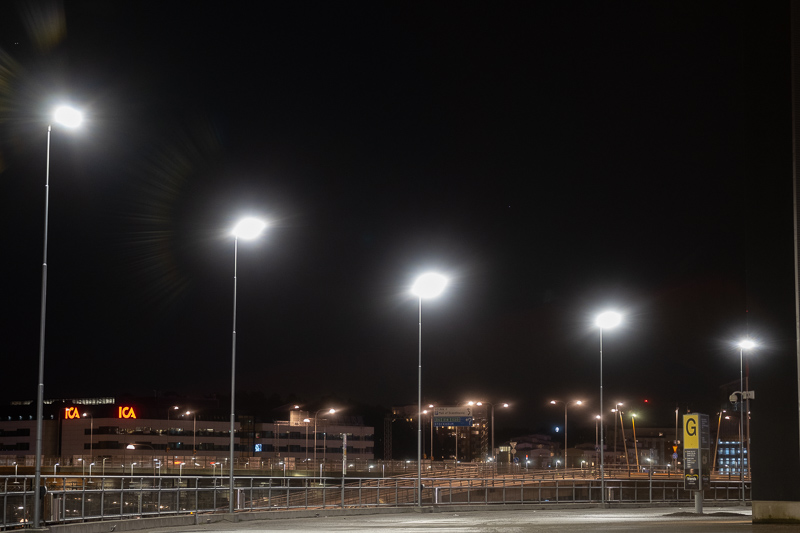
There is a mild negligible Lateral chromatic aberration. In the following image you can see a 100% crop of the upper right corner of an image and a corrected version of the same crop. This can easily be corrected in post though, but it is not necessary.
Flare Resistance
In this section, it’s possible to make any lens look bad if you try hard enough. The Viltrox 56mm f/1.7 exhibits better flare resistance than previous Viltrox lenses and many other lenses, especially those from China. However, there is still room for improvement. Ghosting and veiling flare can occur in certain situations.
Please note that the following images were captured during a stress test of the lens. In many cases, you can eliminate lens flare by slightly adjusting the camera’s position or angle.
Coma
Coma correction is irrelevant for a portrait lens and you should not put any importance on it for this lens. For completeness, I tested coma anyway. While present, it is not a significant issue, as you can see in the 100% crop from the upper right corner of a test image taken at f/1.7.
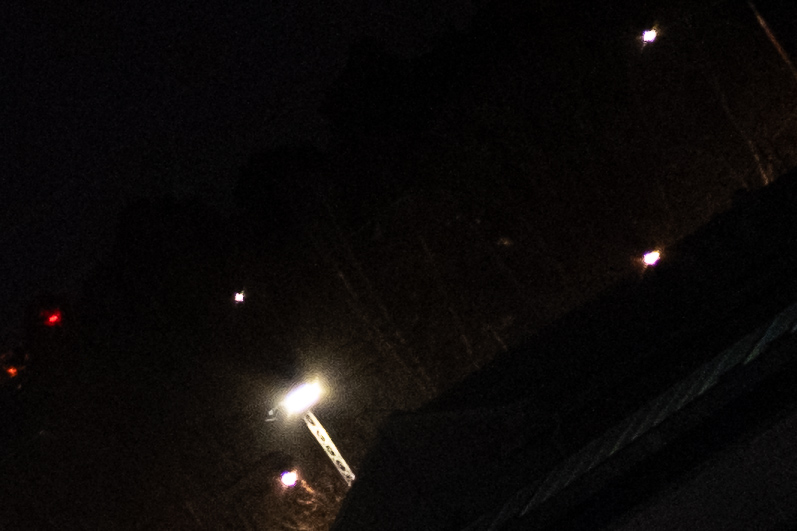
Sunstars
The Viltrox 56/1.7 does not produce any nice sunstars. On the other hand a portrait lens does not need to do that either.
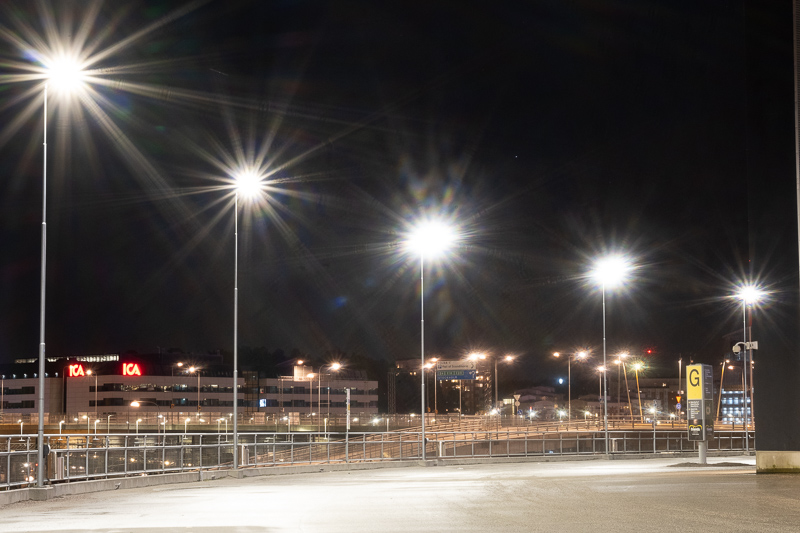
Focus Breathing
This 56mm lens exhibits almost no focus breathing, which is very good for videographers.
Bokeh
First of all it is in place to mention that the beauty of bokeh is a subjective matter. That said, Viltrox impressed us with the beautiful, smooth bokeh of their full-frame portrait lens, the AF 85mm f/1.8. It even surpassed offerings from Nikon and Sony in our eyes. They’ve apparently carried this strength over to their new APS-C lens.
This Viltrox 56mm shines with its beautifully soft and pleasing bokeh. At close distances, near the minimum focus distance, the background melts away into a dreamy, unrecognizable softness.
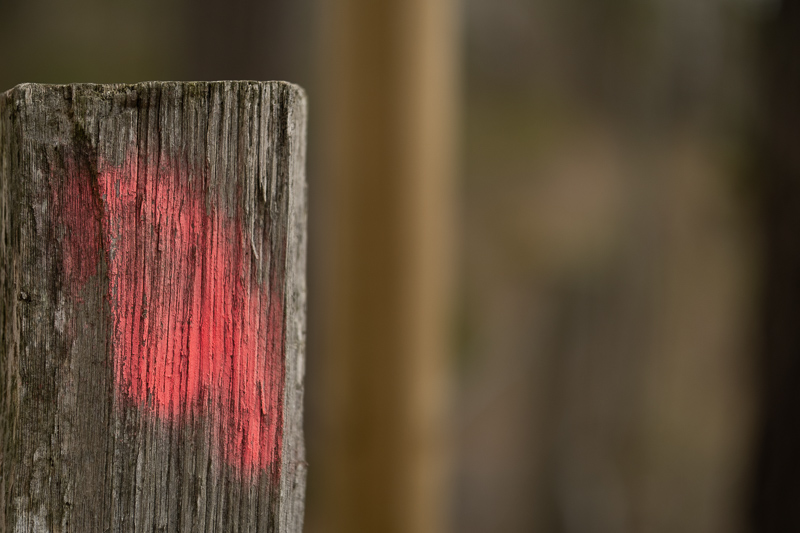
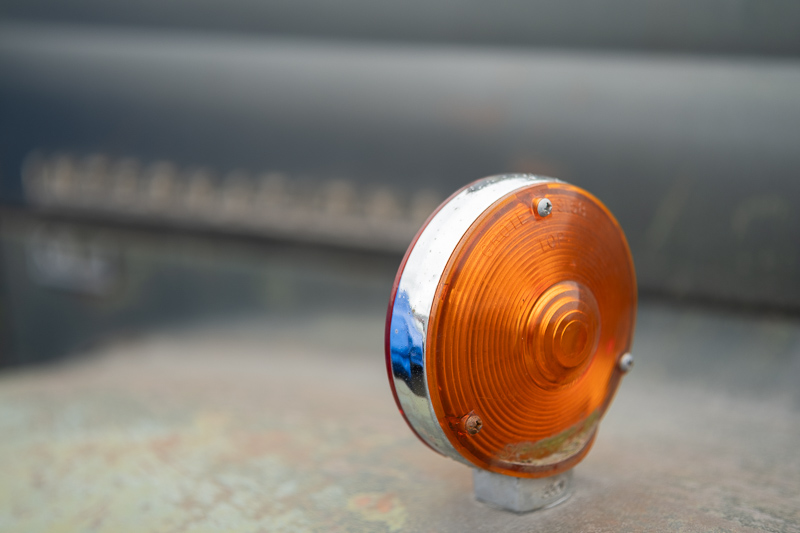
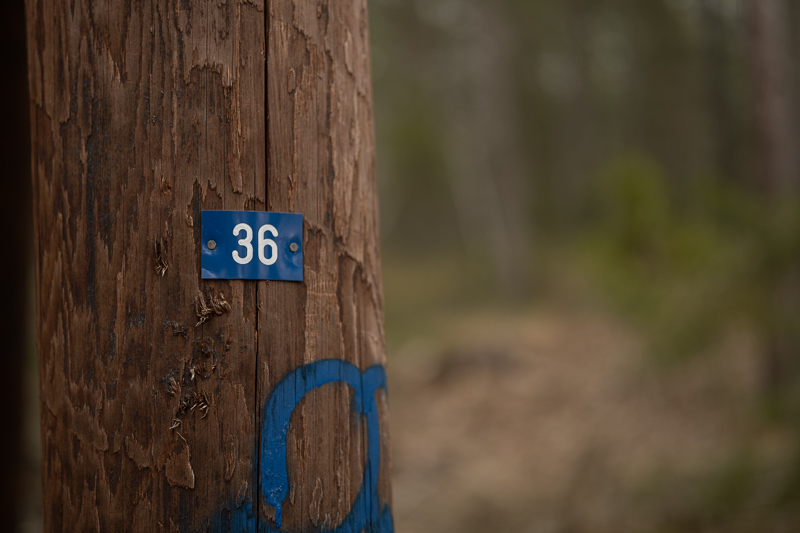
A little further away from near minimum focusing distance it is still very soft.
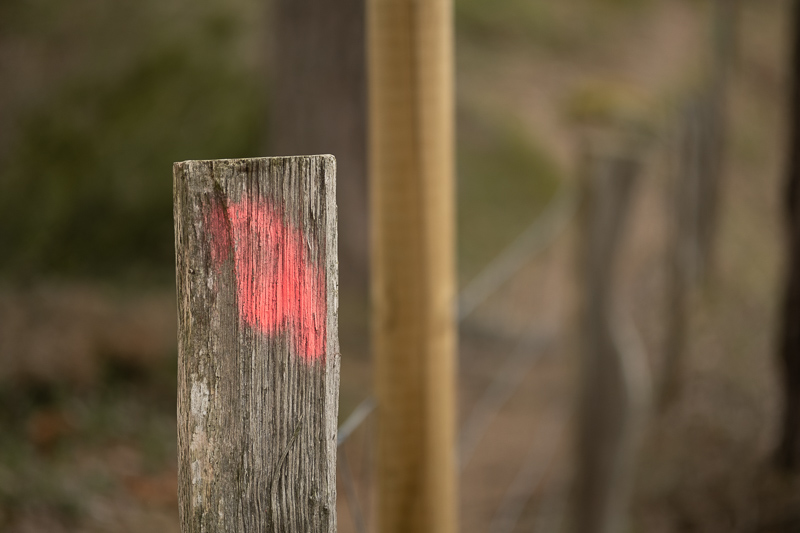
This softness persists even at mid-distances, effectively blurring out distracting details without becoming harsh.
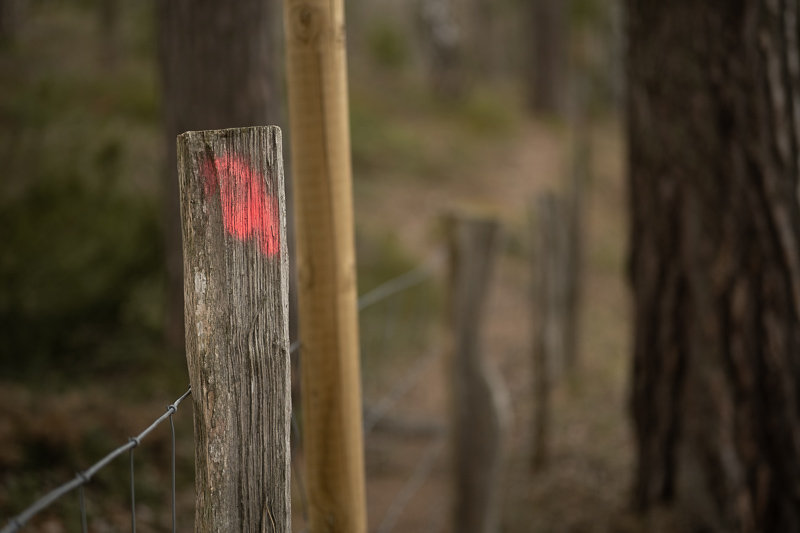
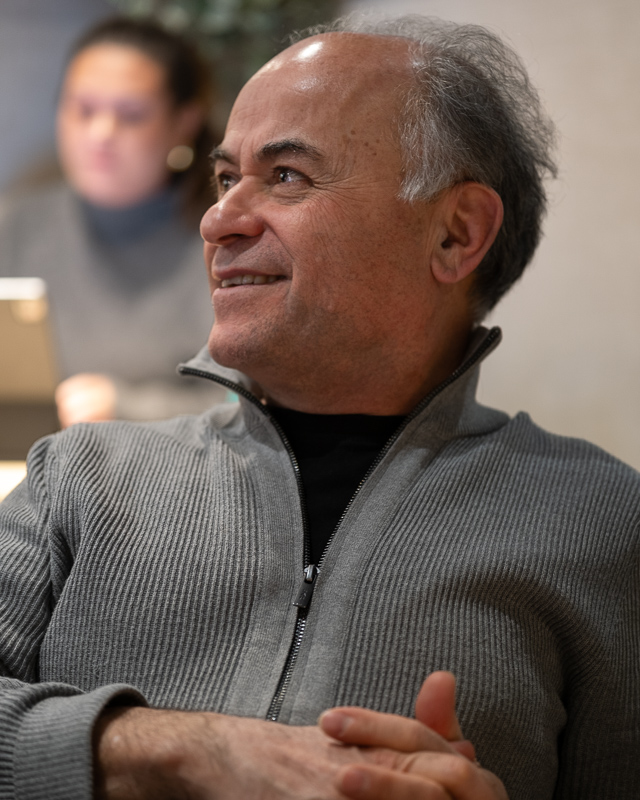
Remarkably, even at long distances, the background blur remains gentle and aesthetically pleasing.
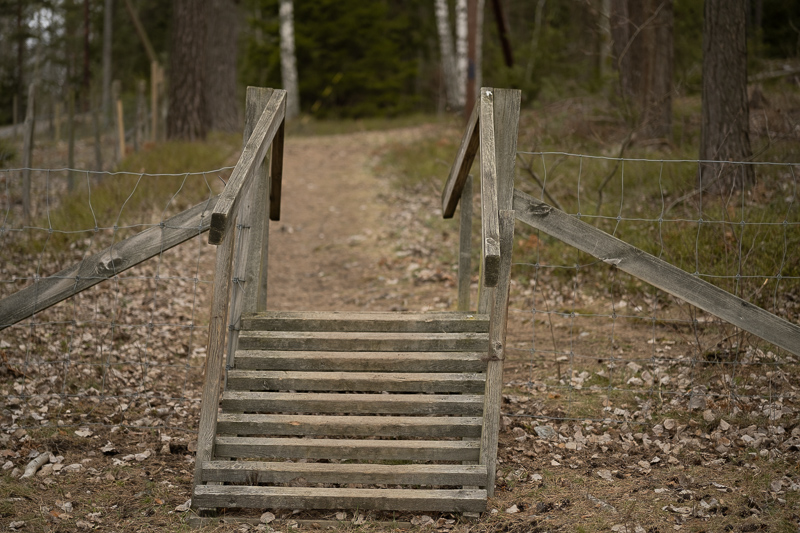
Bokeh balls get a cats eye shape towards the far edges and corners, but they get a round shape by closing the aperture one stop. It is also nice that the bokeh balls maintain somewhat round shapes to at least f4.
Conclusion
| I LIKE | AVERAGE | I DON’T LIKE |
| Bokeh Size Price LoCA Lens distortion Focus breathing Sharpness |
coma Flare resistance |
Spherical aberration |
This AF 56mm f/1.7 is Viltrox’s budget short telephoto portrait lens, but its performance is way beyond a budget lens in traditional sense. The sharpness is impressive across the frame at all apertures, allowing you to shoot wide open with confidence and get sharp images regardless of subject placement. We were particularly fond of the lens’ ability to render backgrounds with a smooth and creamy blur, you get a soft background with nice transition from dark to light in any situation. Its accurate AF and super compact footprint makes it a joy to use. With excellent chromatic aberrations and distortion control, accurate AF, and great sharpness, this is great portrait lens, especially considering the price tag. On the negative side, it has a very small amount of spherical aberration and its close-up quality is not top notch, a little better flare resistance would also be nice. If you are on a budget and want a sharp portrait lens with nice bokeh in a compact package, this could be for you.
Writing articles like this one is both time-consuming and costs us a lot of money. If you found this article helpful and decided to buy one of these lenses, please consider using one of the affiliate links. This helps support the creation of future content. You will get 8% discount if you use my link to buy any lens directly from Viltrox Store (affiliate link).
If you are not interested in buying any of the lenses, but you still found this article useful, interesting, or it saved you a lot of money, treat us to a coffee! Thanks.
| You can buy this lens on: Viltrox Store (8%), Amazon, B&H for $ (Affiliate links) |
Alternatives
TTArtisan AF 56mm f/1.8
This is the closest alternative. This lens is not released at the time of this writing, but will be available very soon, first out are Sony E, Fuji X mounts (Nikon Z will be released a little after that). About 11 mm longer and 60 g heavier. Sharper in the center wide open, otherwise the Viltrox is as sharp or sharper everywhere else. Better vignetting, distortion, but not as good in flare resistance as the Viltrox.
Buy new: TTArtisan’s Store, Amazon, B&H for $ (Affiliate links)
Buy used: eBay from $ (Affiliate links)
Viltrox AF 56mm f/1.4
About 2/3 stop faster, 17 mm longer, and 120 g heavier. Available for Nikon Z, Sony E, Fuji X, Canon EF-M, this is more robust lens made of metal. It is also a little sharper at shared larger apertures and has rounder specular highlights than the the reviewed lens, but costs the double.
Buy new: Viltrox Store, Amazon, B&H for $299 (Affiliate links)
Buy used: eBay from $214 (Affiliate links)
Sigma 56 f/1.4 DC DN Comtemporary
About 2/3 stop faster, just 5 mm longer, 110 g heavier. It is a very sharp lens and is available for Nikon Z, Sony E, Fuji X, Canon EF-M
Buy new: Amazon, B&H for $389-$429 (Affiliate links)
Buy used: eBay from $170 (Affiliate links)
Fujifilm XF 56mm f/1.2 R WR
About 1 full stop faster than the Viltrox 56/1.7, but 15 mm larger diameter, 17 mm longer, and more than 2.5x heavier. It is the fastest and best 56mm lens you can get for your Fujifilm camera right now, but is available for Fuji X cameras only, and costs 5 times more.
Buy new: Amazon, B&H for $999 (Affiliate links)
Buy used: eBay from $700 (Affiliate links)
Sirui Sniper 56 f/1.2 AF
Available for Sony E, Fuji X, Nikon Z
One stop faster than the reviewed lens, but a lot larger (37mm longer and 2.5x heavier). Not as sharp as the reviewed lens.
Buy new: Amazon, B&H for $331-$348 (Affiliate links)
Buy used: eBay from $ (Affiliate links)
Tokina ATX-M 56mm f/1.4
Available for Sony E, Fuji X
Buy new: Amazon, B&H for $400-$450 (Affiliate links)
Buy used: eBay from $200 (Affiliate links)
More Sample Images
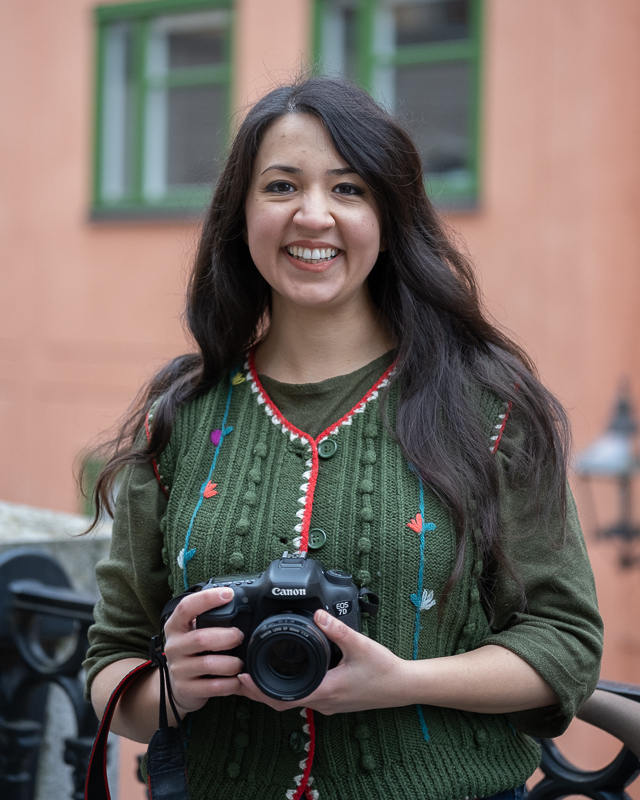

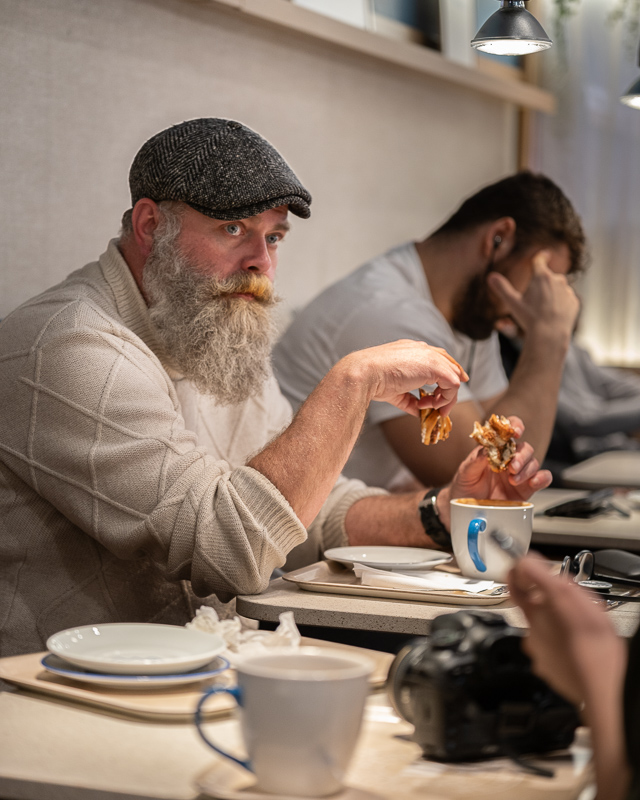
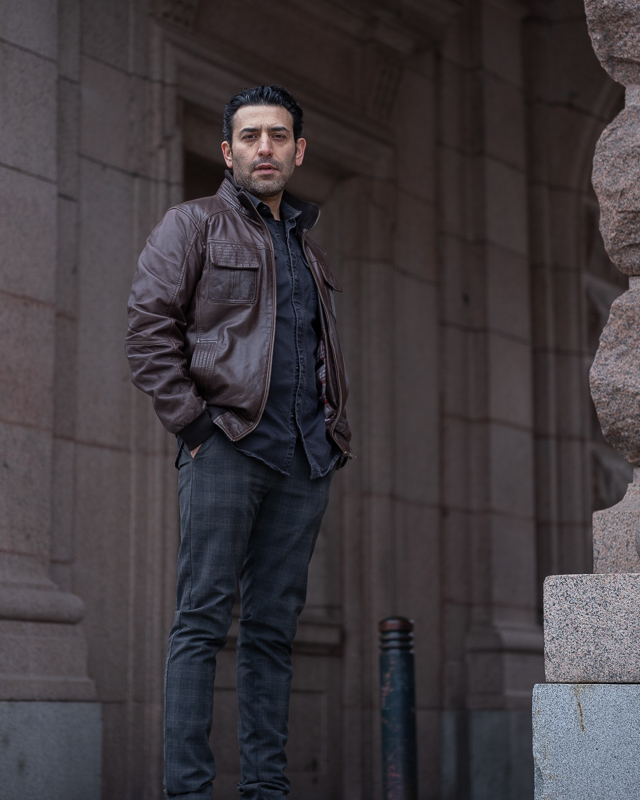
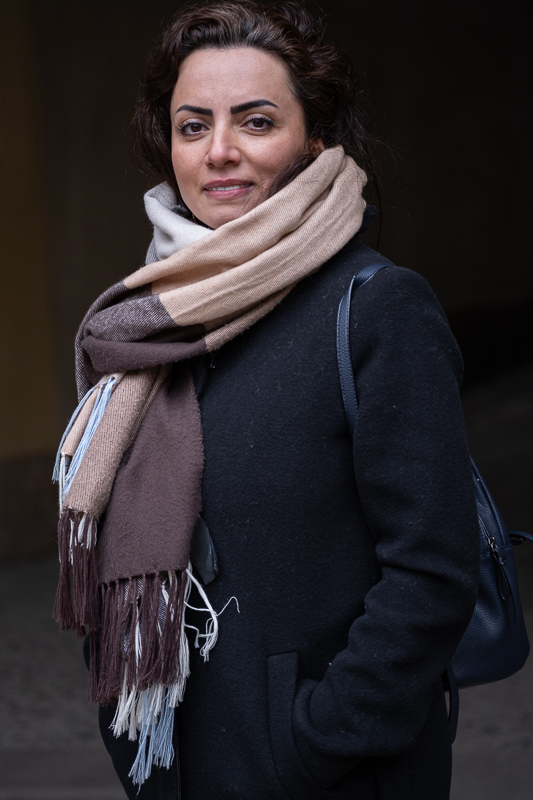
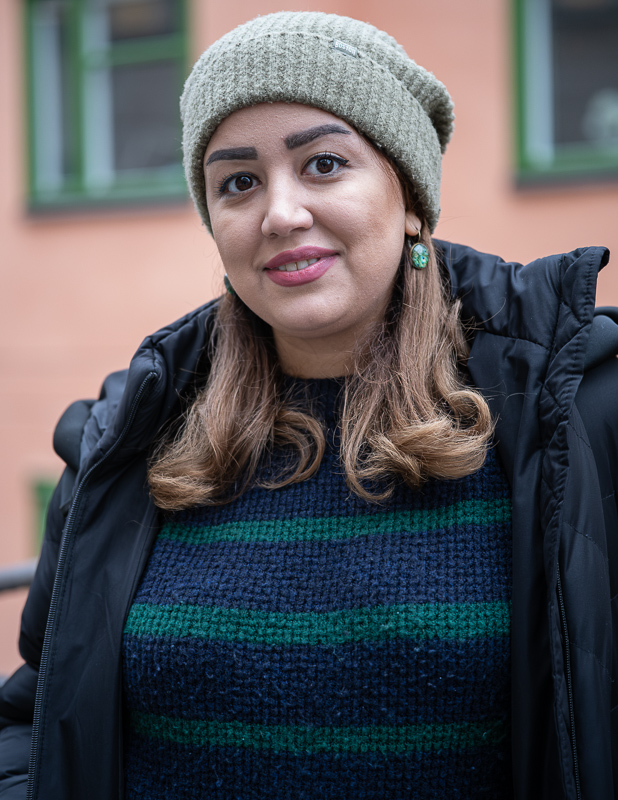
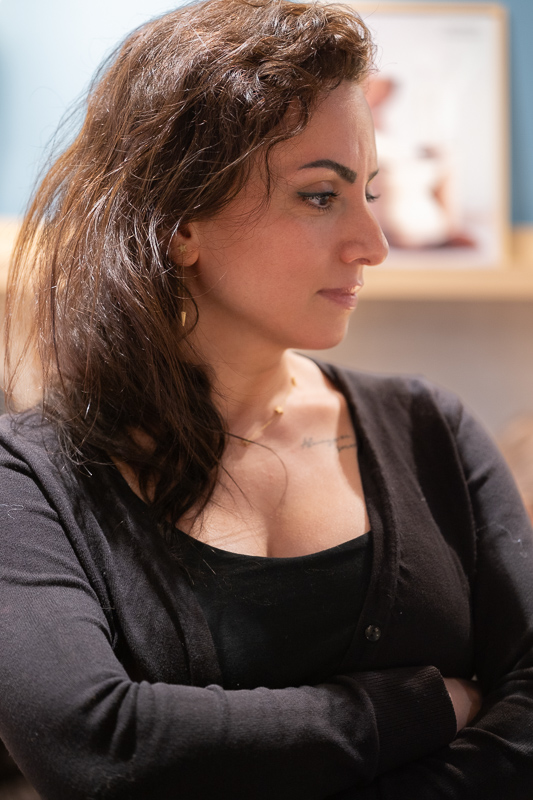
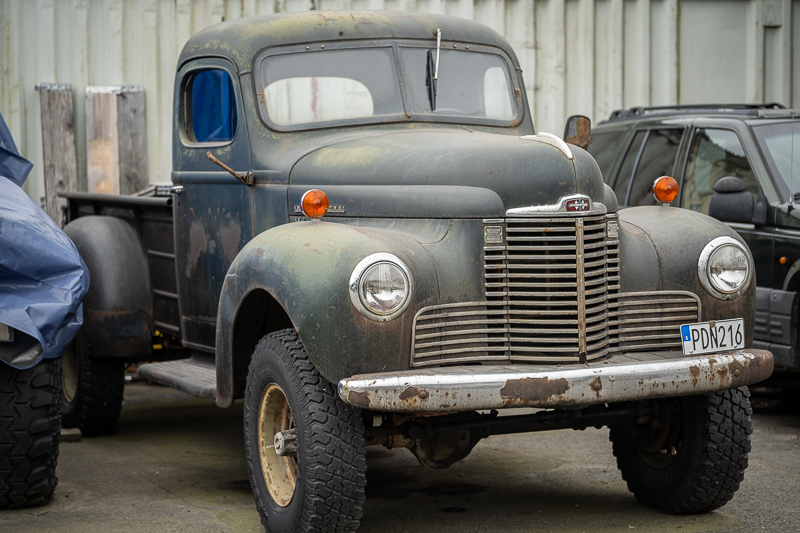

Most of the sample images in this review and many more can be found in higher resolution here.
Further Reading
- What camera gear and accessories do I use most frequently?
- Review: Viltrox AF 27mm F/1.2 STM ASPH ED IF Pro (APS- C)
- Review: TTArtisan AF 35mm F/1.8 (APS-C)
- Review: TTArtisan 10mm F/2 (APS-C)
- Review: Laowa Argus 25mm F/0.95 CF APO (APS-C)
- Review: Laowa CF 8-16mm F/3.5-5.0 Zoom (APS-C)
Support Us
Did you find this article useful or did you just like reading it? Treat us to a coffee to show your appreciation!
![]()

(Donations via Paypal or bank card)
This site contains affiliate links for which I may receive a small commission if you make a purchase via the links at no additional cost to you. This helps support the creation of future content.
Martin
Latest posts by Martin (see all)
- Analogue Photography: Part 4 – Ilford HP5 Plus at a Historical Engine Factory - December 3, 2025
- REVIEW: 7Artisans AF 10mm f/2.8 (APS-C) - November 30, 2025
- REVIEW: 7Artisans AF 35mm f/1.8 - October 15, 2025
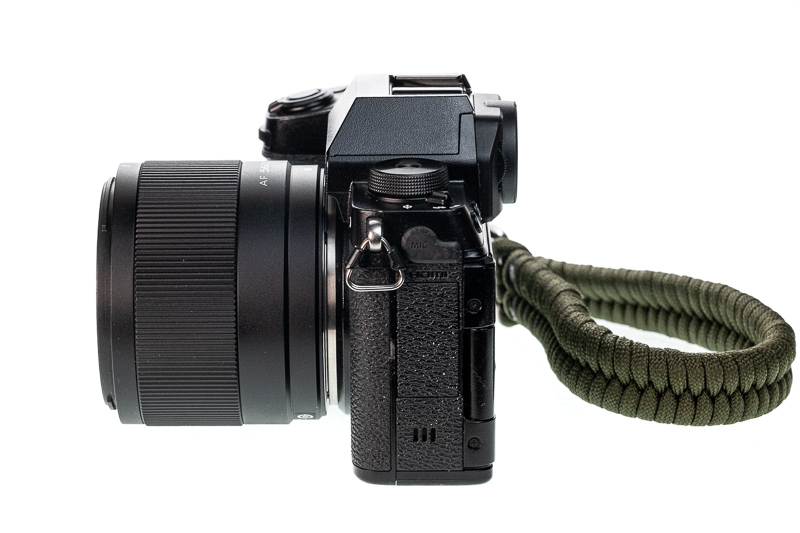
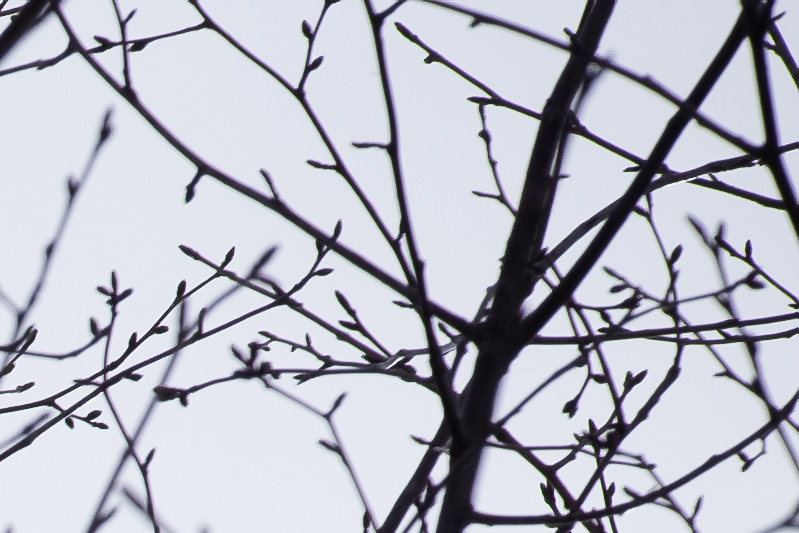


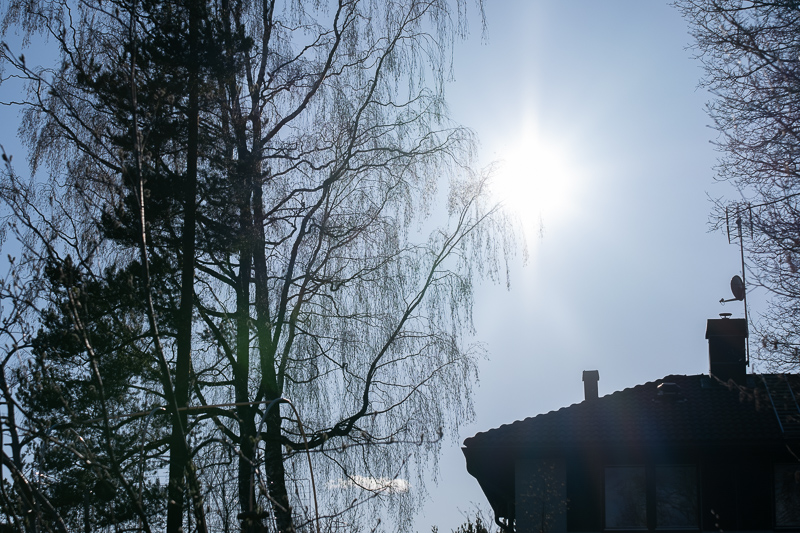
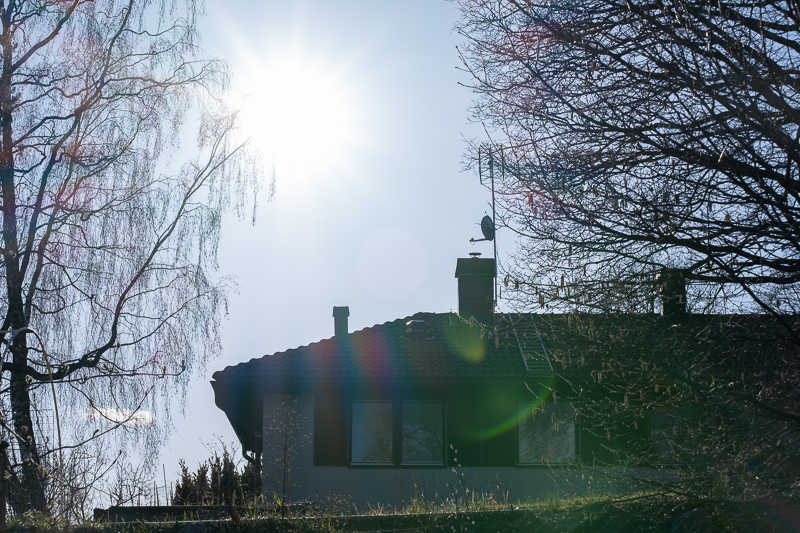
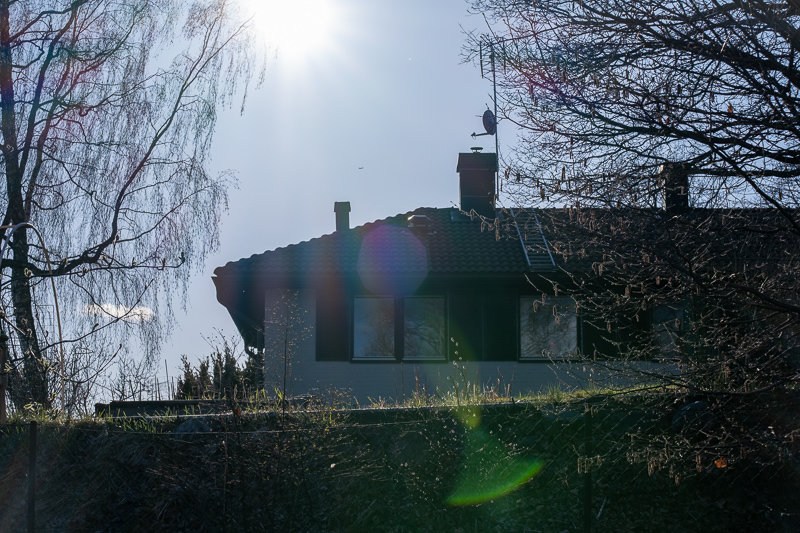
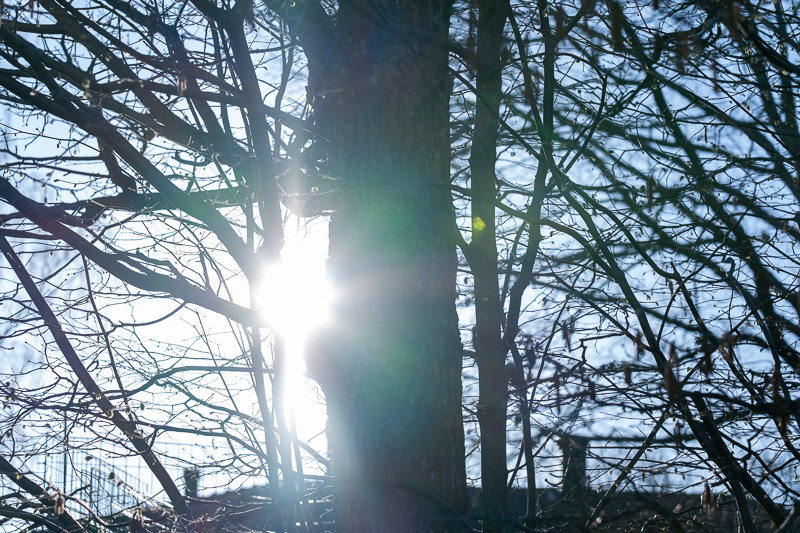
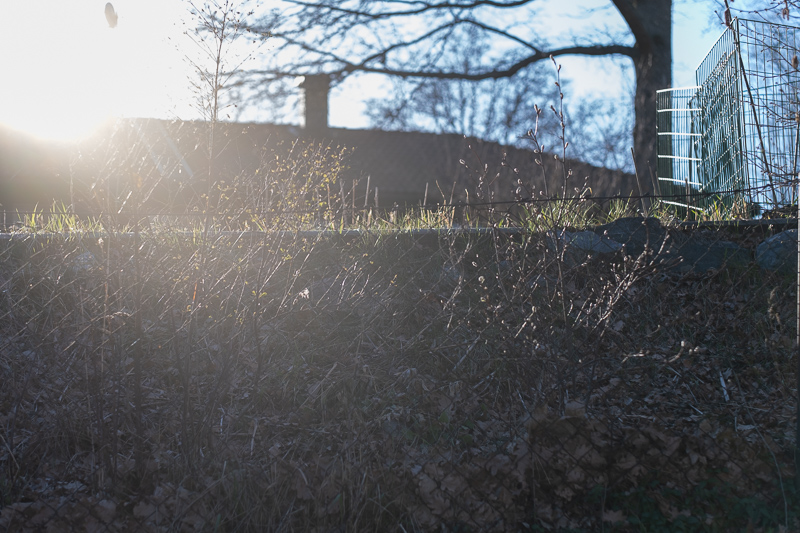
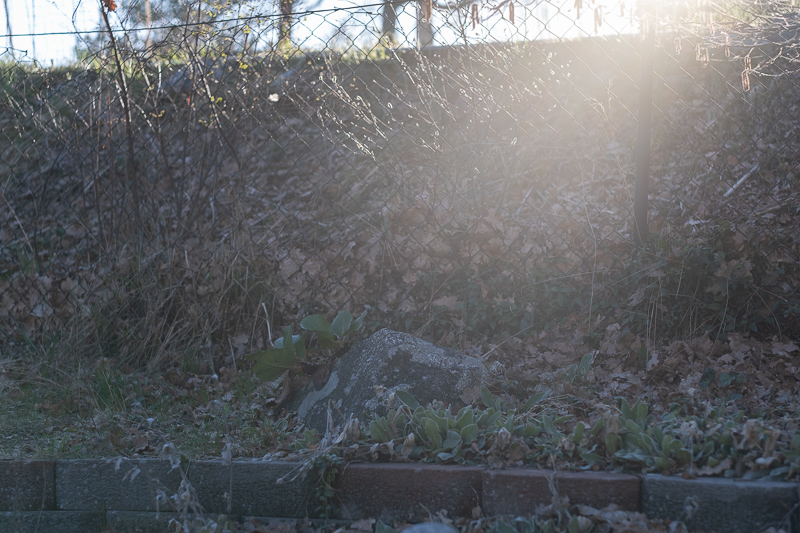
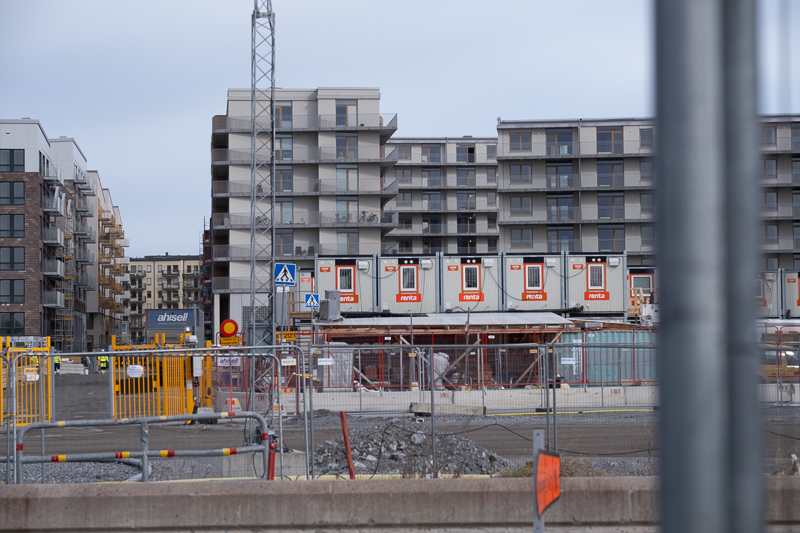
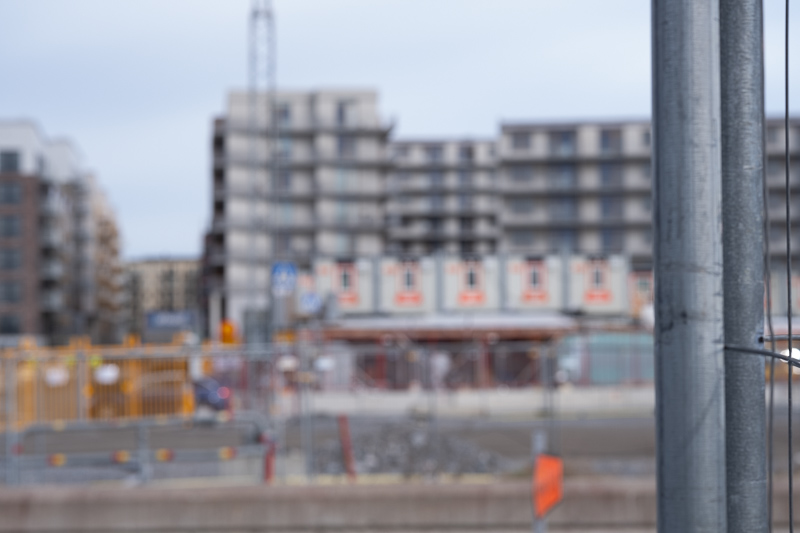
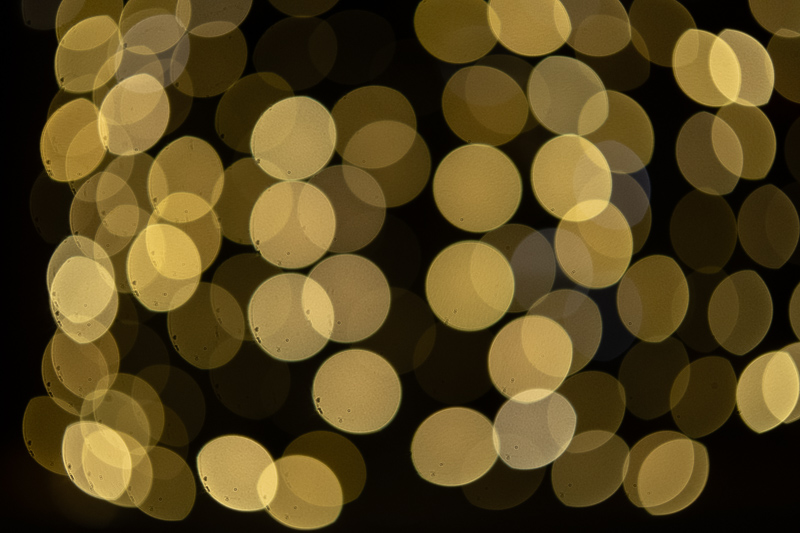
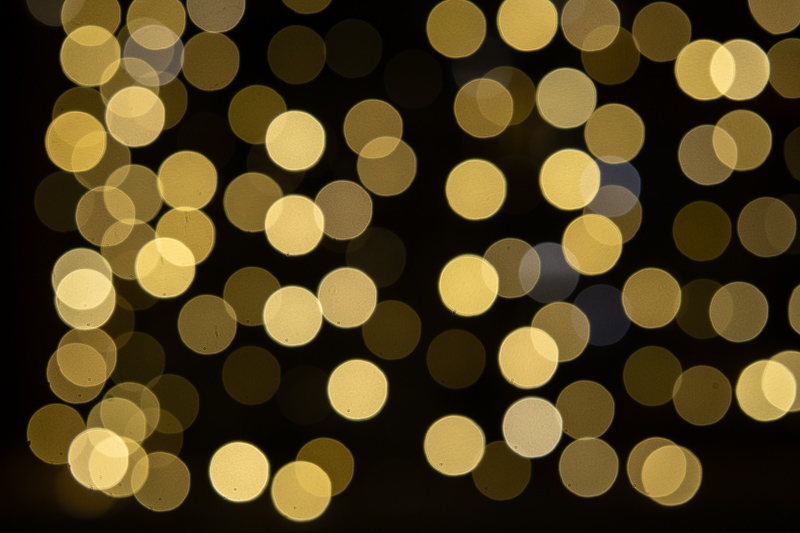
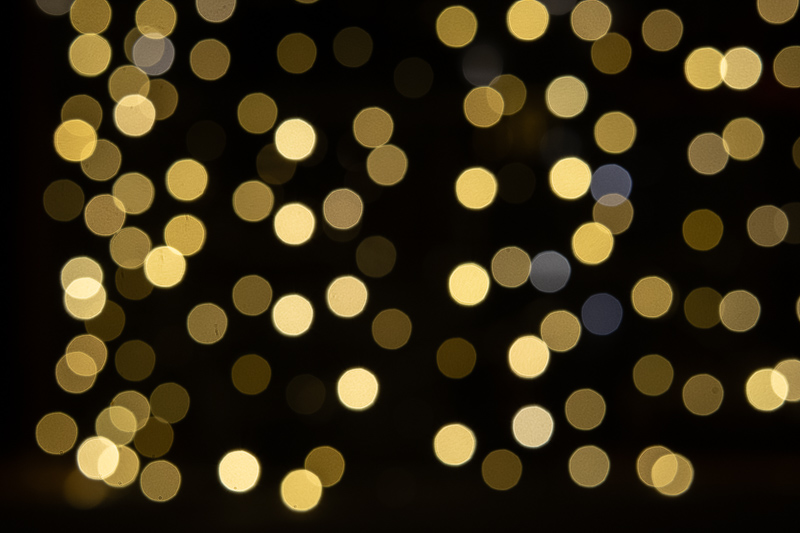
That is incredible cats eye performance at 2.8.
Besides the odd ring flare, this lens is a 10/10.
It is indeed an incredible lens for being this affordable and compact, but you are too kind and forgiving.
excellent review, Martin. is this lens likely to call up correct frame lines on an X-pro body, do you think?
– jason
Thanks Jason. Unfortunately, I don’t know about this lens’s frame lines on an X-Pro.
Sooooooo good lens, cheap and good performance.
I am the good friend of Viltrox company’s employees~
Nice
Could you please explain why pincushion distortion is beneficial for portraiture, as noted in your review?
This is a matter of opinion, but in today’s beauty norms, thinner faces are often preferred (just look at the supermodels’ faces!). A slight slimming effect can therefore be seen as beneficial.